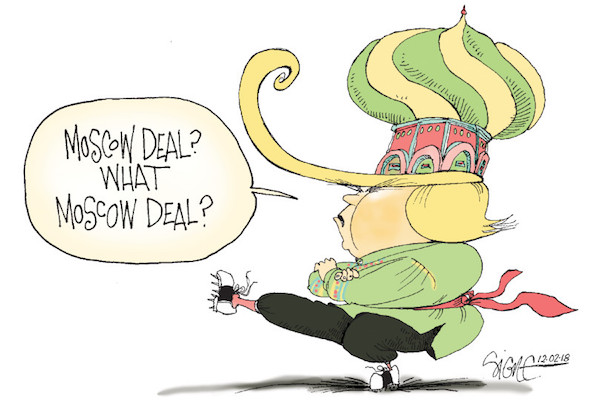The Trump Narrative
I think that one reason people have taken up the Steele dossier as a key to Donald Trump’s election wrongdoing is that it is a relatively compact telling of events, from which a narrative may be extracted.
Most of the news coverage is of one small piece of the story at a time. The format of the articles tends to be a general statement of that small piece, perhaps with a bit of background, then a more detailed explanation of the small piece, and then more background. Space is limited, and the story is big. The cast appears to include thousands.
I find those articles largely unreadable and uninformative. Journalists seem to be having trouble too. Sally Buzbee, the executive editor of AP, said the Trump-Russia probes have “gone on so long that it’s difficult to be able to assess what in this investigation is truly very serious and what is not as serious. So that is one thing that journalists struggle with a little bit…” (video here; quote begins at 4:30) That certainly could be one reason that their articles are unreadable.
We need an overall story into which we can fit the breaking news. That will help us figure out what is truly very serious. Elliott Broidy, as far as we know now, is not as important to the story as Erik Prince, who is not as important as Donald Trump Jr. A master narrative can show where characters and subplots fit. Then the subplots can be written separately, noting the connections.
So I’m going to stick my neck out and provide a narrative. It is a bare-bones framework on which we can hang the many subplots and add in facts as they emerge. I’ve also added questions that need to be answered. I suspect that Robert Mueller has answers to some of those questions.
I invite you to suggest subplots. I’ll add them to my list and perhaps write another post in which I try to incorporate them into the narrative.
The narrative is below the fold. Read More






